Source: K.E. Semmel, translator
Paperback, 110 pages
I am an Amazon Affiliate
Milk and Other Stories by Simon Fruelund, translated by K.E. Semmel is a collection of short stories translated from Danish to English. This slim collection is not only nuanced, but powerful in how it uses stripped down prose to examine complexities in human relationships. From the brothers who clearly have become estranged and strive to rekindle their brotherhood to a young poet coming to terms with a professor who is not as he remembers, these short stories are subtle enough to get under the skin and powerful enough to make an impression on the psyche. Fruelund’s stories are short but no less indelible than a well-written novel; and at no point in the English translation will readers feel that something isn’t right — in fact, these stories seem both distinctly Danish and English.
Many of these stories seem to touch upon what the cover suggests — spilt milk. The idiom everyone knows is “There’s no point crying over spilt milk,” but how true is that saying…should we not cry over the adversity we face and simply move on or is it okay to dwell and cry over those events even if they cannot be changed. For instance, in “What Is It?,” a father helps his son from a second marriage move out of his shared apartment and into another, thinking all the while about failed marriages — of which the father has had three — and how similar patterns can play out in the lives of loved ones. What advice could he possibly offer his son; how do they relate knowing that the father left his mother for a third marriage; and how does the son move on from one relationship to the next without questioning it? Although some of these questions may not be answered, Fruelund provides the reader with enough to chew on.
From ” Hair”: “Frands stands and goes out to the yard. Yellow apples lie in the grass. He walks to the garage looking for something to sit on and finds an old recliner. With some effort he hauls it outside. He sits facing the house and takes a nip from the bottle. He lets his eyes wander over the house’s whitewashed facade. Even in the half-dark it seems stained and porous, and he can see spots where the plaster has been cracked by frost. The real estate agent had talked for a long time about how charming the house was. An artist villa, he’d called it. With space for children. It was exactly what they were looking for, Mette had said.” (page 40 ARC)
Milk and Other Stories by Simon Fruelund, translated by K.E. Semmel, is about ordinary people facing some pretty typical situations, but what makes each one unique is the parts outside the stories that we cannot see and that are only hinted at. Fruelund explores not only jealousy and infidelity, but also regret and many other complex emotions that each of experiences with not only family but wives, husbands, lovers, friends, and neighbors.
About the Author:
Since the publication of his first book in 1997, Simon Fruelund has been one of Denmark’s most delightfully entertaining writers. He possesses a rare gift for creative reinvention. From his early realist-inspired stories (“Tide,” “What is It?” and “Hair”) to his later “pointillist” work (“Man on the Bus,” “Civil Twilight”), Fruelund finds new ways to express and shape his ever-developing artistic vision. He is the author of five books, among them Mælk (1997) and Panamericana (2012). His work has been translated into Italian, Swedish, and English, and his short stories have appeared in a number of magazines across the U.S, including World Literature Today, Redivider, and Absinthe. For nine years Fruelund worked as an editor at Denmark’s largest publishing house, Gyldendal, but is now writing full time.

K.E. Semmel is a writer and translator whose work has appeared in Ontario Review, the Washington Post, Aufgabe, The Brooklyn Review, The Bitter Oleander, and elsewhere. He is the Publications & Communications Manager of The Writer’s Center, an independent nonprofit literary organization based in Bethesda, MD that offers over 300 workshops in writing annually and hosts around 50 literary events a year. It was recently named by Poets & Writers Magazine as one of 8 “places to go nationwide for writing classes”. For his work translating Simon Fruelund’s fiction, he has received a translation grant from the Danish Arts Council.
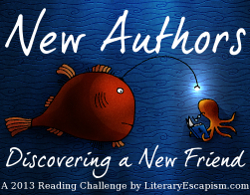



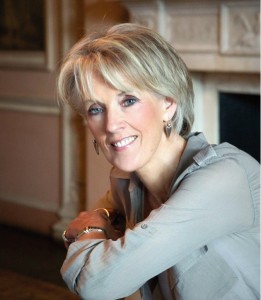 About the Author:
About the Author:
 About the Author:
About the Author: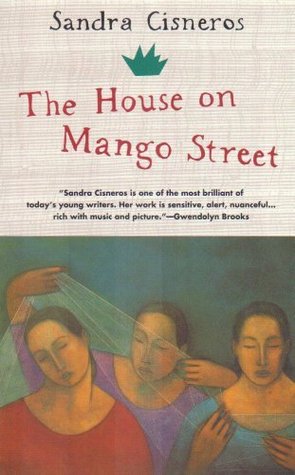
 About the Author:
About the Author:
 About the Author: (photo by Sheri Geoffreys)
About the Author: (photo by Sheri Geoffreys)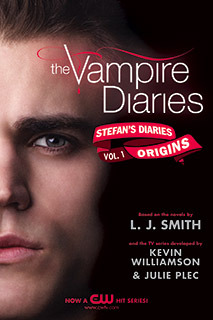
 About the Author:
About the Author:
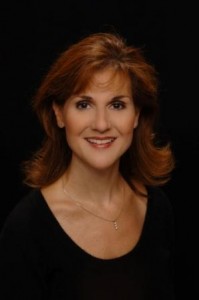 About the Author:
About the Author:



 About the Author:
About the Author:

 About the Author:
About the Author:


